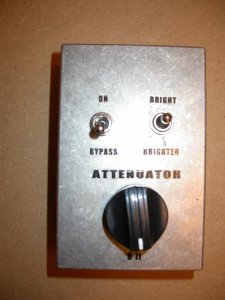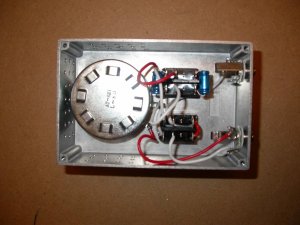I am hoping that there are some audiophiles on here. Or musicians. Or both! As I need some advice on audio cables.
I am planning on building a thing for a guitar amp called an attenuator. Basically this device sits between the amp and its 12" speaker. It allows the player to reduce the output volume of the amp without affecting the quality of sound too much. A guitar amp needs to be driven hard to allow it to 'break up' and distort. Simply reducing the amps' volume does not allow this to happen. Hence the need for an attenuator.
Now, what I need to know is what type of audio cable is suitable for connecting to the attenuator pod inside the device and, at the other end, to a standard mono 1/4" jack plug which will plug into the amp's speaker socket. It does not need to be shielded cable like a guitar instrument cable.
So does anyone here have any idea what type of cable would suit this?
I am planning on building a thing for a guitar amp called an attenuator. Basically this device sits between the amp and its 12" speaker. It allows the player to reduce the output volume of the amp without affecting the quality of sound too much. A guitar amp needs to be driven hard to allow it to 'break up' and distort. Simply reducing the amps' volume does not allow this to happen. Hence the need for an attenuator.
Now, what I need to know is what type of audio cable is suitable for connecting to the attenuator pod inside the device and, at the other end, to a standard mono 1/4" jack plug which will plug into the amp's speaker socket. It does not need to be shielded cable like a guitar instrument cable.
So does anyone here have any idea what type of cable would suit this?



